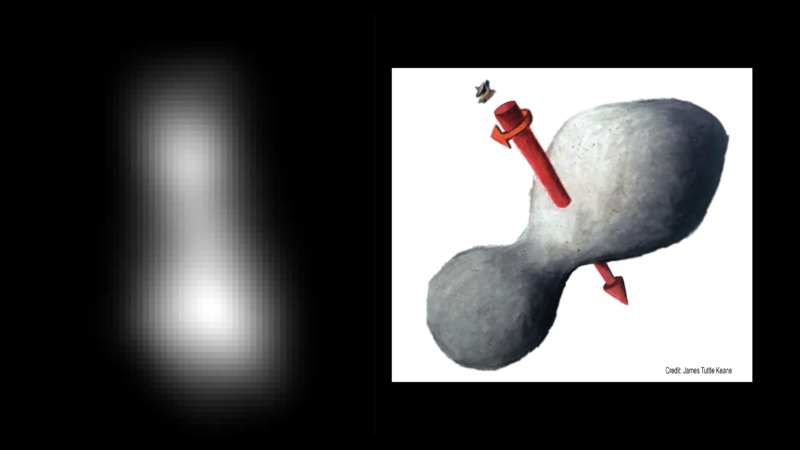 Up to three planets - potentially rocky like Earth - have been spotted around a star located relatively near our solar system - a planetary system offering astronomers intriguing possibilities in the search for signs of extraterrestrial life.
Up to three planets - potentially rocky like Earth - have been spotted around a star located relatively near our solar system - a planetary system offering astronomers intriguing possibilities in the search for signs of extraterrestrial life.
The planets orbit Gliese 887, a so-called red dwarf star half the sun’s mass located 11 light years from Earth - right in our backyard in cosmic terms, researchers said on Friday. A light year is the distance light travels in a year, 5.9 trillion miles (9.5 trillion km).
Only 12 other stars are closer to our solar system.

 Science Glance
Science Glance
 An American astronaut and Russian cosmonaut were forced to eject from an aborted launch to the International Space Station early Thursday and make an emergency landing.
An American astronaut and Russian cosmonaut were forced to eject from an aborted launch to the International Space Station early Thursday and make an emergency landing.

 Scientists have discovered an atom filled with atoms. The atom's electrons orbit at such a great distance that there's room for other atoms.
Scientists have discovered an atom filled with atoms. The atom's electrons orbit at such a great distance that there's room for other atoms.































